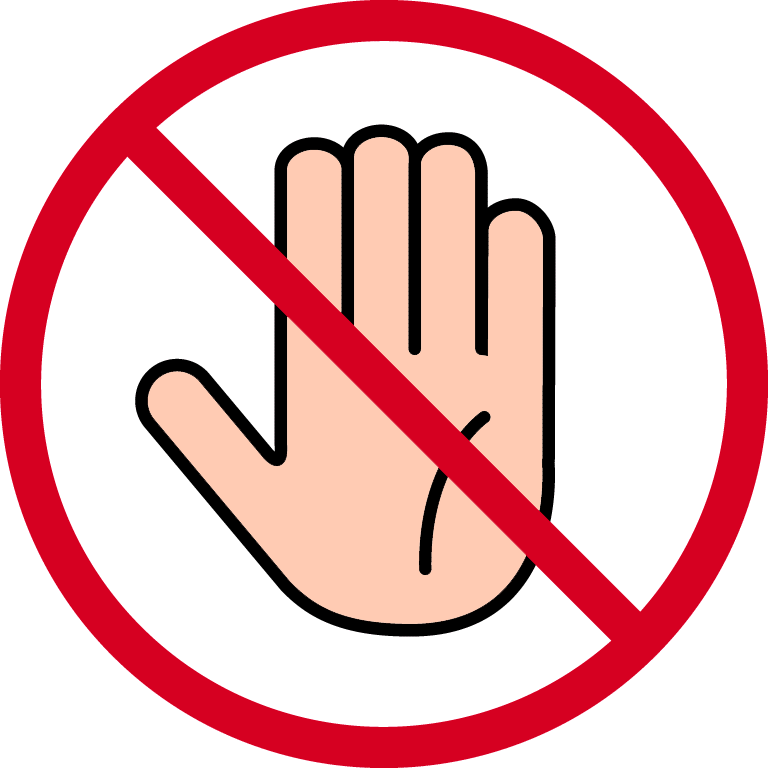*Platinum Member*

Centennial Member

Posts: 111143
Liked By: 63630
Joined: 30 Jun 10
Followers:
3



Tipsters
Championship:
Player
has
not started
|
Teachers both in primary and secondary schools told ST they are seeing more students sneaking around with vapes.
PHOTO: ST FILE
SINGAPORE - During the June holidays, primary school teacher Wong (not her real name) saw one of her Primary 5 boys vaping openly while cycling near their school.
“It was very disturbing,” she said.
Since the start of 2025, her school has caught about five pupils – mostly from the upper primary levels – with e-vaporisers. One pupil has been caught vaping in school so far.
Some children this young are getting their hands on the devices from channels such as Telegram, Ms Wong said, while others obtain them from their siblings in secondary school.
Teachers both in primary and secondary schools told The Straits Times they are seeing more students sneaking around with vapes – which can be dissembled and easily concealed – on school grounds.
Vaping is harder to detect than smoking, which has more telltale signs, they added.
The problem has become more prevalent since 2021, the teachers said, speaking on condition of anonymity.
Ms Wong said her school has planned and conducted training sessions for staff on how to handle pupils caught vaping.
“A lot of teachers are unaware to what extent this is happening, so we even have to show them samples of how these (vapes) might look, as some are very harmless-looking,” she said.
In 2024, there were 2,000 cases of students – including those from institutes of higher learning – reported for possessing or using e-vaporisers. This is up from 800 cases in 2022, and 900 cases in 2023.
The numbers had risen due to a ramp-up of enforcement efforts by the Health Sciences Authority (HSA), which is the enforcement agency for vaping-related offences, and the Ministry of Education (MOE).
But teachers said more cases probably go undetected as teenagers are finding ways to vape more discreetly or to share the devices with friends by passing them around.
An MOE spokeswoman said schools have stepped up education and enforcement efforts, but challenges remain “due to students having the perception that vaping is harmless and trendy, as well as e-vaporisers being appealing with their novel flavours, ease of use and convenient access”.
Since 2023, the ministry has been working with the Health Promotion Board (HPB) and HSA to issue joint advisories on vaping to parents every semester.
The advisories emphasise the illegality and harmful health effects of vaping, and offer tips on how to talk to children suspected of vaping.
Teachers said the situation improved after the authorities implemented fines for students caught vaping from March 2024. Now, first-time offenders in schools and institutes of higher learning caught buying, using or possessing e-vaporisers can be fined up to $2,000 after being referred to HSA.
Before the fines were rolled out, teachers would usually confiscate the vapes from students and either pass them to their parents or to HSA. One teacher said it was left to the individual schools to determine disciplinary measures.
MOE said these measures include suspension or caning for boys.
HPB also provides support to students caught vaping through QuitLine, a tele-counselling service, and on-site counselling by student health advisers at some schools.
A secondary school teacher who sits on her school’s discipline committee said one challenge was dealing with parents who pushed back against schools’ penalties.
“Many parents tried to retaliate or negotiate if we wanted to suspend their kids for even a day,” she said.
This resistance has dwindled since the fines kicked in, although the teacher said that she has had “recalcitrant students who were fined $1,200, or even more”.
Her school handles vaping cases once every two weeks.
The teacher was also taken aback by one parent’s reaction in 2023 after being informed that the child had been caught vaping, and would face school punishment.
“If (the authorities) didn’t say anything, then why does the school want to cane my child?” the parent had asked.
“Vaping is better than smoking. Besides, children are just curious,” she recounted the parent saying.
Harder to detect vaping
Another teacher said she was shocked to learn that vapes could come in different shapes, sizes and flavours.
“They look like pens, thumb drives… I wouldn’t have known otherwise if the school hadn’t prepared me,” she said, referring to slides prepared by her school’s head of discipline, who saw the need to get teachers up to speed on vaping devices.
A secondary school teacher who has been in the service for more than 25 years said that unlike vaping, smoking was much easier to detect because of its more obvious signs.
These include lingering nicotine smells on fingertips and uniforms, and suspicions that are easily confirmed with a handheld monitor, designed to detect increased levels of carbon monoxide after smoking, through a breath test.
“If they return to class after a long toilet break smelling like a garden, that’s a sure sign that they used perfume to mask the cigarette smell. When they vape, however, they leave no clues,” he said.
He added that cigarettes, lighters and matches are easy to spot and harder to conceal during spot checks.
In comparison, vapes are harder to identify when disassembled because they come in so many forms.
Another teacher pointed out that students sometimes hide vape components in their undergarments, knowing teachers cannot conduct thorough body searches.
Students are also becoming more creative in how they share and hide their devices.
“One time, we realised the students were hiding the vape devices in the toilet roll holders early in the morning. And they had a system or timetable to share vapes during school hours,” said a teacher, who caught eight repeat student offenders in 2024.
Tackling the scourge
The recent rise in vaping among young people and the introduction of Kpods – e-vaporisers laced with etomidate, an anaesthetic – have prompted government agencies to take stronger actions to deal with the scourge.
Between January 2024 and March 2025, HSA seized more than $41 million worth of e-vaporisers and their related components.
The authorities are working to list etomidate, which is being abused via e-vaporisers, under the Misuse of Drugs Act, Health Minister Ong Ye Kung said on July 20.
When asked then about the situation in schools, Mr Ong said the authorities had not detected any etomidate in the vapes seized from schools a few months ago.
But in the latest exercise, one in three vapes seized from the public here was found to contain etomidate, he noted. “So I will not assume that etomidate has not made their way to schools.”
|












